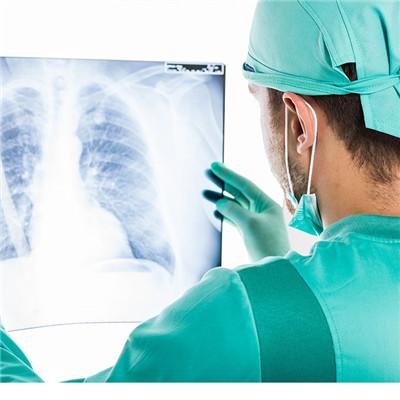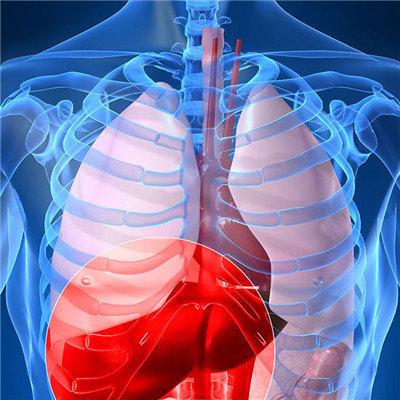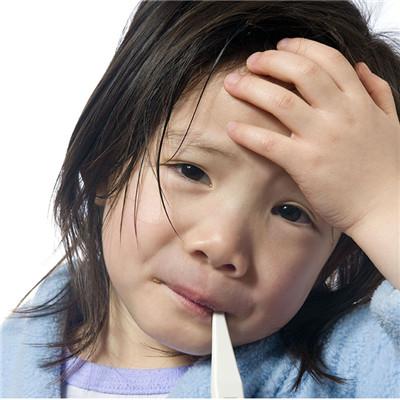Symptoms of mesenteric lymphadenitis
summary
For children suffering from mesenteric lymphadenitis this situation, often appear in children under 7 years old, most of the time is the phenomenon of virus infection, so that children's symptoms are more and more serious, causing many effects. So the symptoms of mesenteric lymphadenitis tell us.
Symptoms of mesenteric lymphadenitis
Diarrhea first, the patient will appear tired discomfort, diarrhea and throat pain, as well as fever and vomiting symptoms. The younger children will have the same clinical symptoms as appendicitis, but the patient's condition is relatively mild, need to consider whether it is acute mesenteric lymphadenitis, this disease is often complicated in upper respiratory tract infection and intestinal infection. Secondly, patients in the process of physical examination will appear sensitive tenderness, and tenderness will be close to the midline.
Abdominal pain for patients with mesenteric lymphadenitis, abdominal pain is some of the earliest symptoms, in addition to pain will appear in any part of the patient. However, because the lesion will mainly invade a group of lymph nodes in the terminal ileum, the most common site is in the right lower abdomen, and the nature of abdominal pain is not fixed, so it shows dull pain or spasmodic pain, and the feeling between the two pains will be very good. Abdominal pain is paroxysmal and spasmodic pain, rebound pain will be relatively rare.
Acute mesenteric lymphadenitis should be considered in younger children with similar clinical symptoms as appendicitis, but with mild condition and no abdominal muscle tension. Acute mesenteric lymphadenitis should be considered in children with fever, abdominal pain, vomiting and upper respiratory tract infection, or after intestinal inflammation without abdominal muscle tension.
matters needing attention
For patients with this disease, once diagnosed, conservative treatment must be carried out. Patients can be treated with intravenous infusion or antibiotics, which can significantly improve the symptoms of patients.














